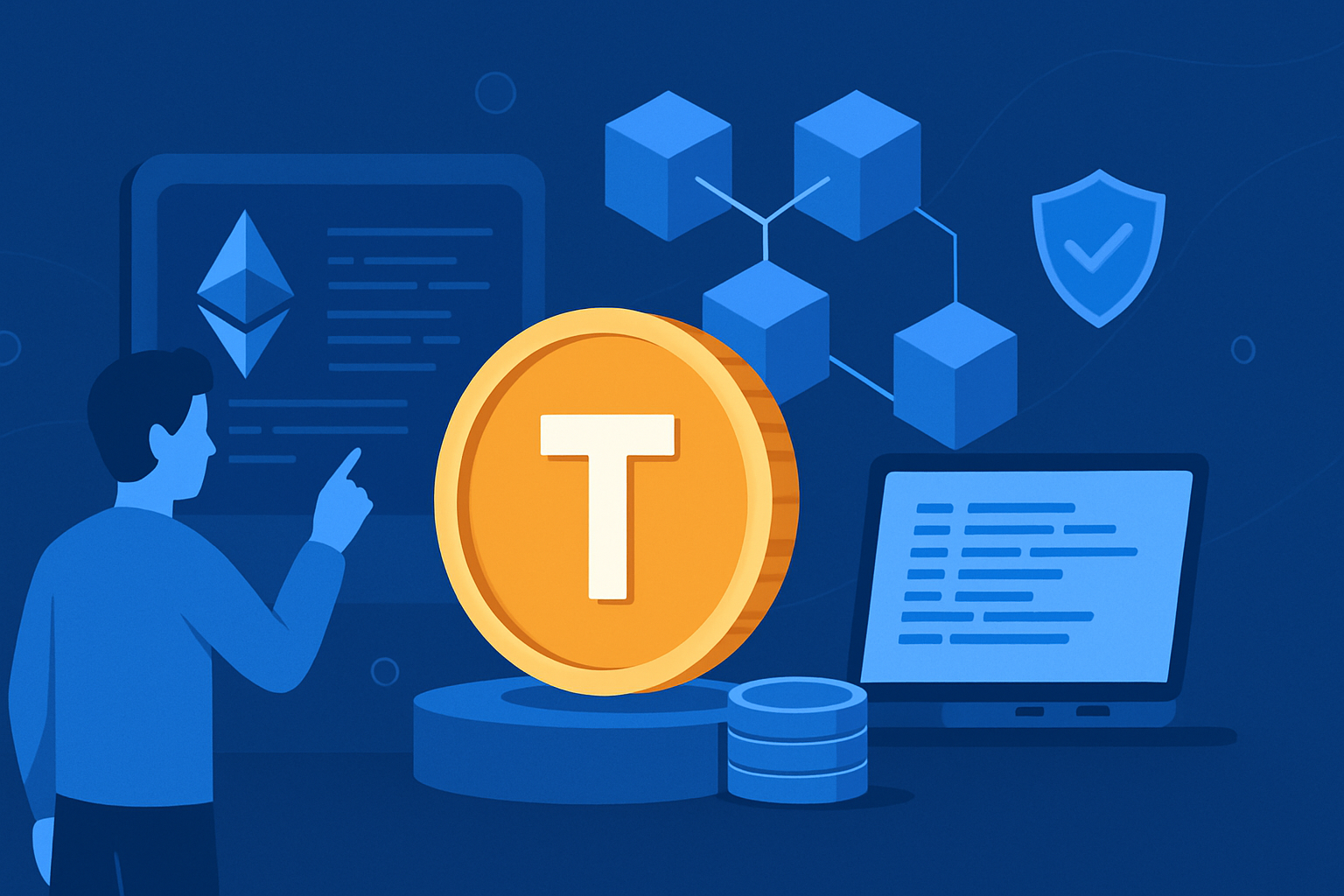
Decentralized Finance, or DeFi, has rapidly transformed from an experimental movement into a thriving sector that’s redefining financial access, transparency, and trust. At the core of every DeFi ecosystem lies a fundamental component: the token. Whether it’s powering governance, facilitating lending, or enabling liquidity pools, tokens form the lifeblood of decentralized protocols.
But building a DeFi token isn’t just about writing a few lines of code on Ethereum or Solana. Token development in the DeFi space involves strategic planning, compliance considerations, and meticulous engineering. In this blog, we’ll explore everything you need to know about token development for DeFi projects—from design fundamentals and token standards to utility, interoperability, and real-world use cases.
The Role of Tokens in DeFi
DeFi tokens serve a variety of roles across decentralized applications (dApps). They can represent governance rights, enable yield farming, provide access to exclusive services, or be used as collateral for loans. In essence, they replace traditional intermediaries with programmable assets that execute rules via smart contracts.
Governance tokens give holders the power to propose or vote on protocol changes, making the system more democratic. Utility tokens are used within dApps to pay for services, access features, or incentivize behavior. Liquidity pool tokens represent a user’s share in a decentralized liquidity pool and allow users to earn trading fees or participate in yield farming.
Each token type is tailored to a specific function, and choosing the right design early on plays a crucial role in the long-term sustainability and adoption of a DeFi project.
Choosing the Right Blockchain for Token Development
The first strategic decision in DeFi token development is choosing the blockchain network. Ethereum remains the most popular choice, largely due to its maturity, developer tools, and extensive DeFi ecosystem. ERC-20 is the standard for fungible tokens, while ERC-721 and ERC-1155 serve for non-fungible or hybrid tokens.
However, Ethereum's gas fees and scalability issues have driven many projects to explore alternatives like Binance Smart Chain (BEP-20 tokens), Solana, Avalanche, Polygon, and Arbitrum. These chains offer faster transactions and lower fees, which are often essential for high-frequency DeFi protocols like trading platforms or yield optimizers.
Cross-chain compatibility is also becoming critical. Many modern DeFi tokens are designed with interoperability in mind, allowing them to bridge liquidity across multiple chains and expand their use cases.
Designing the Tokenomics
Tokenomics is the backbone of any successful DeFi token. It refers to the economic model that governs how tokens are distributed, earned, spent, or burned within the ecosystem. Poorly designed tokenomics can lead to inflation, market manipulation, or loss of user trust.
A robust tokenomic structure outlines total supply, initial distribution, inflation schedule, vesting periods, and allocation percentages for founders, developers, community incentives, and liquidity. For example, allocating a significant portion of tokens to early adopters can boost traction, but it should be balanced to avoid overcentralization.
DeFi tokens often adopt deflationary mechanisms like token burns or automatic buybacks to create long-term scarcity and price support. Incentive mechanisms like yield farming, staking, and liquidity mining are implemented to encourage user participation while maintaining a healthy ecosystem balance.
Smart Contract Development and Security
Once the token design is in place, the next phase is developing the smart contracts that power its functions. These contracts define the token’s behavior—such as transfers, minting, burning, and access permissions.
Security is paramount in DeFi. Countless projects have suffered multi-million-dollar losses due to vulnerabilities like reentrancy attacks, logic errors, or oracle manipulations. Writing clean, well-tested smart contracts using industry best practices is non-negotiable.
Code audits—manual and automated—are critical before deploying any DeFi token to mainnet. Reputable third-party auditing firms can provide an independent assessment of contract security, helping prevent catastrophic bugs or exploits.
In addition to core token logic, developers must ensure compatibility with DeFi infrastructure like decentralized exchanges (DEXs), wallets, and aggregators. Using open-source libraries like OpenZeppelin helps reduce risks and speed up development with battle-tested smart contract templates.
Regulatory Considerations for DeFi Tokens
Despite the decentralized nature of DeFi, regulatory scrutiny around token issuance is intensifying globally. Many jurisdictions classify certain tokens as securities depending on their use cases and distribution models. While utility tokens often avoid securities regulations, governance tokens or those with speculative value may come under regulatory review.
Projects must perform due diligence to understand the legal framework in their operating regions. In some cases, establishing a foundation, DAO (Decentralized Autonomous Organization), or legal wrapper can help navigate regulatory uncertainty while preserving decentralization.
KYC (Know Your Customer) and AML (Anti-Money Laundering) integrations are becoming more common, especially for DeFi applications looking to attract institutional capital. Token developers should factor in compliance requirements early on to avoid legal complications down the road.
Integrating the Token into DeFi Protocols
Token development doesn’t end with smart contracts. The true value of a token is realized when it's integrated into DeFi protocols. Whether it's being used in lending platforms like Aave, DEXs like Uniswap, or staking modules on Curve, tokens must be compatible with existing ecosystems to maximize visibility and adoption.
This means listing tokens on decentralized and centralized exchanges, registering metadata with wallet providers like MetaMask, and enabling cross-platform access through token bridges or wrapped assets. For example, a project on Ethereum might deploy a wrapped version of its token on BNB Chain to tap into different liquidity pools.
Token utility must also be clearly defined within the dApp ecosystem. Users should have intuitive ways to use tokens for governance votes, staking rewards, or accessing premium features. A seamless user experience, coupled with strong community engagement, builds trust and incentivizes long-term participation.
Governance and DAO Integration
One of the most powerful use cases for DeFi tokens is governance. Integrating tokens into a DAO framework allows holders to collectively steer the direction of the protocol by submitting and voting on proposals.
Governance tokens give users a real stake in the project’s future. This not only decentralizes control but also builds stronger community alignment. The voting process is typically handled through smart contracts or off-chain platforms like Snapshot, which interfaces with wallets to tally votes securely.
To maintain governance integrity, it's important to prevent voter apathy and concentration of power. Some projects implement quadratic voting or reputation-based systems to balance influence. Token-weighted voting, while popular, must be designed carefully to avoid manipulation by whales.
Testing, Deployment, and Maintenance
Before launching a DeFi token to mainnet, developers should conduct extensive testing on testnets like Goerli, Fuji, or Mumbai, depending on the chain. Simulating real-world scenarios helps identify bugs and optimize performance under various loads.
Deployment requires careful attention to gas efficiency, contract verification, and initial liquidity provision. Many projects bootstrap liquidity through DEX launchpads or incentivized pools to attract early users.
Post-launch, token maintenance is ongoing. Upgradable smart contracts using proxy patterns or modular architectures allow teams to improve features without disrupting the network. Community feedback, bug bounties, and governance proposals play a key role in shaping a token’s evolution.
Real-World Examples of DeFi Token Development
To understand how token development plays out in the real world, consider a few notable DeFi tokens:
Uniswap's UNI token is used for governance, with holders voting on protocol upgrades and treasury usage. Its launch involved an airdrop to early users, which created a strong community from day one.
Aave's AAVE token powers its lending protocol and acts as a governance token, allowing users to vote on risk parameters and feature additions. Its tokenomics are designed with staking and safety incentives that protect against protocol insolvency.
Curve’s CRV token is deeply integrated into liquidity pools, rewarding users based on lockup periods and voting participation. Its vote-escrow model ties token holding time to governance power, aligning long-term commitment with decision-making influence.
These examples highlight how tailored token design, smart contract logic, and user incentives come together to support a functional and scalable DeFi ecosystem.
Conclusion: Building Tokens That Power the Future of Finance
Token development in DeFi is more than a technical task—it’s a strategic endeavor that shapes the foundation of decentralized ecosystems. From choosing the right blockchain and designing sound tokenomics to ensuring security, regulatory alignment, and community-driven governance, each step must be handled with precision.
As DeFi continues to disrupt traditional finance, well-designed tokens will serve as the rails for value transfer, decision-making, and innovation. Whether you're building a new lending protocol, launching a DEX, or creating a staking platform, investing in thoughtful token development is the key to long-term success.
DeFi isn’t just about decentralization—it’s about reimagining finance through programmable, permissionless, and inclusive systems. And the token you develop today could be the engine that drives tomorrow’s decentralized economy.

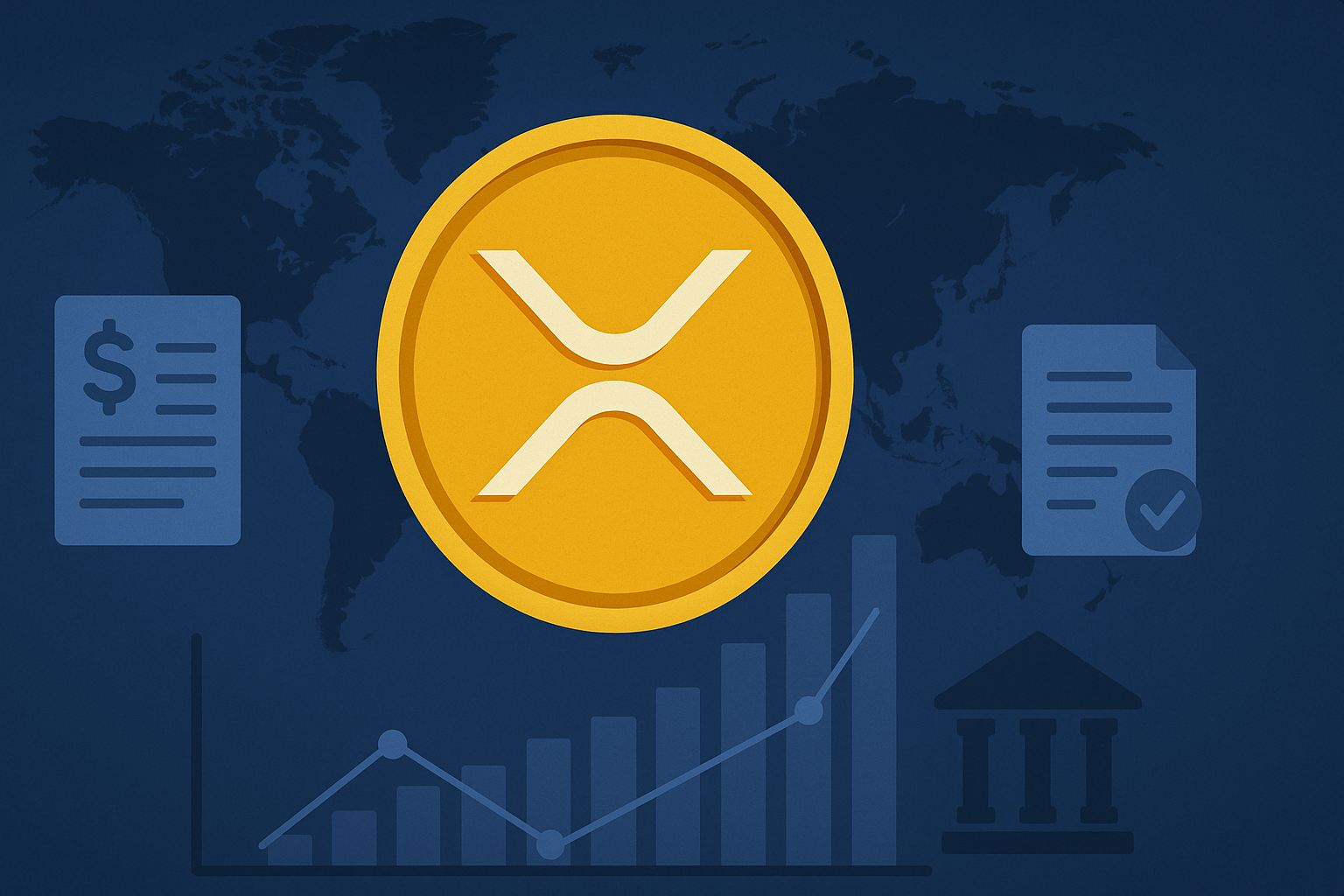


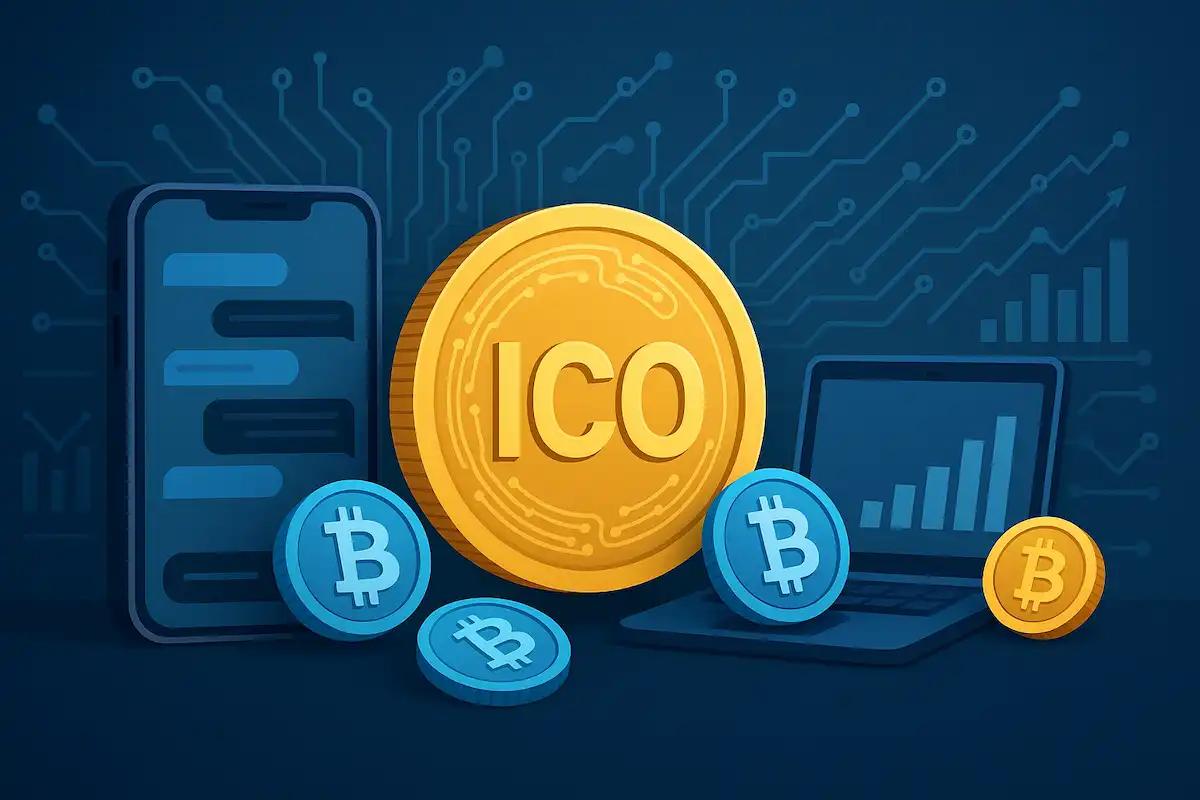
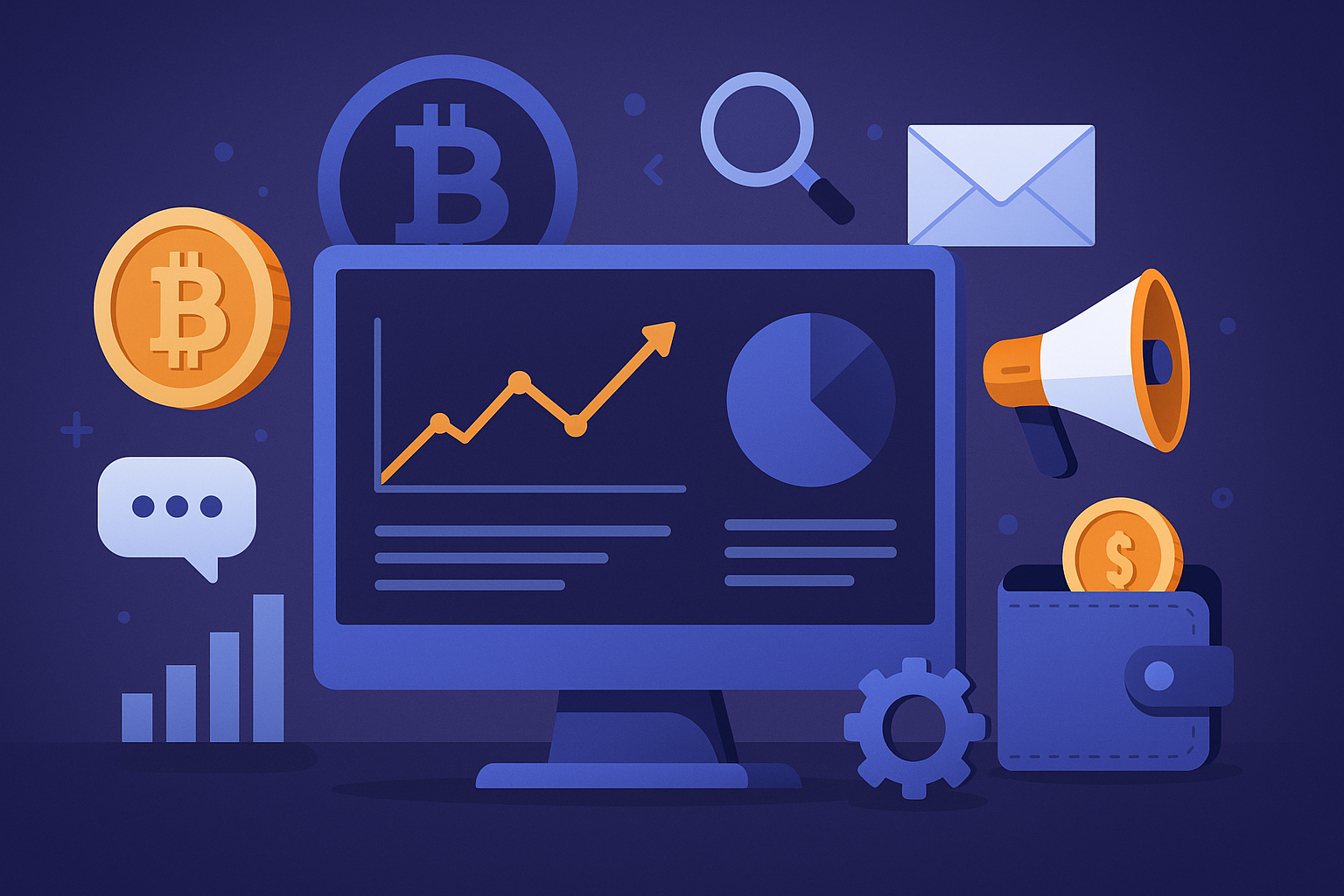

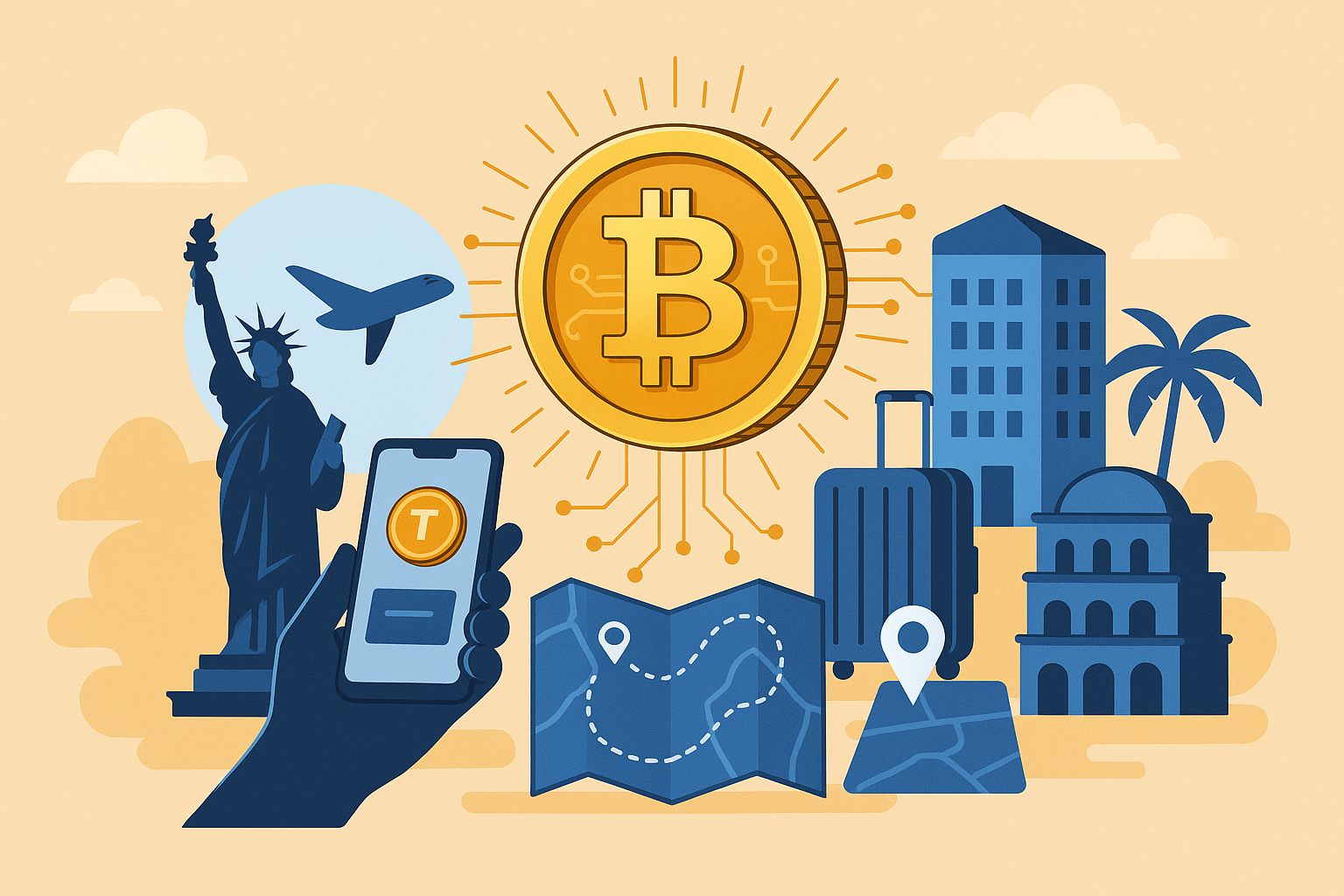
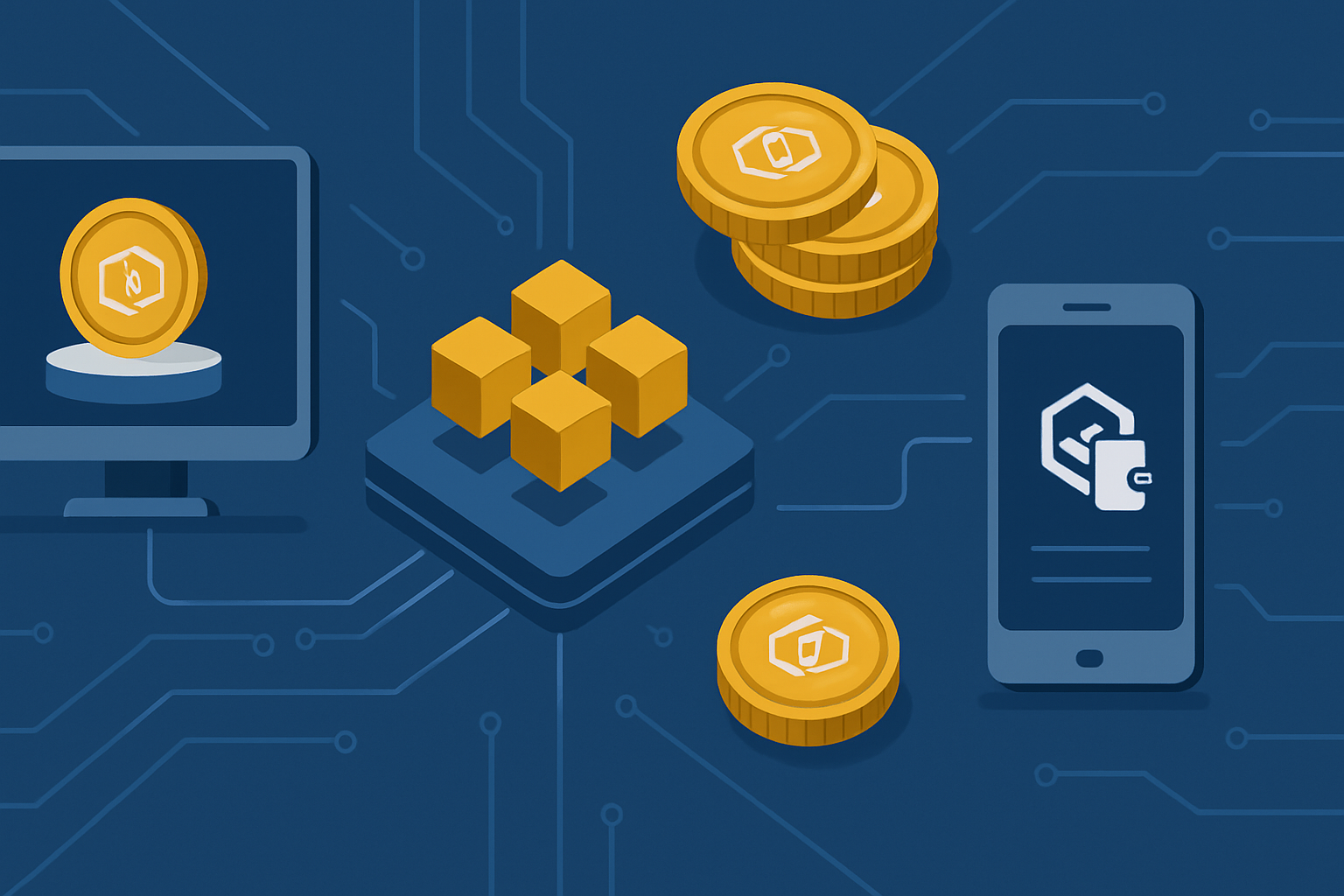
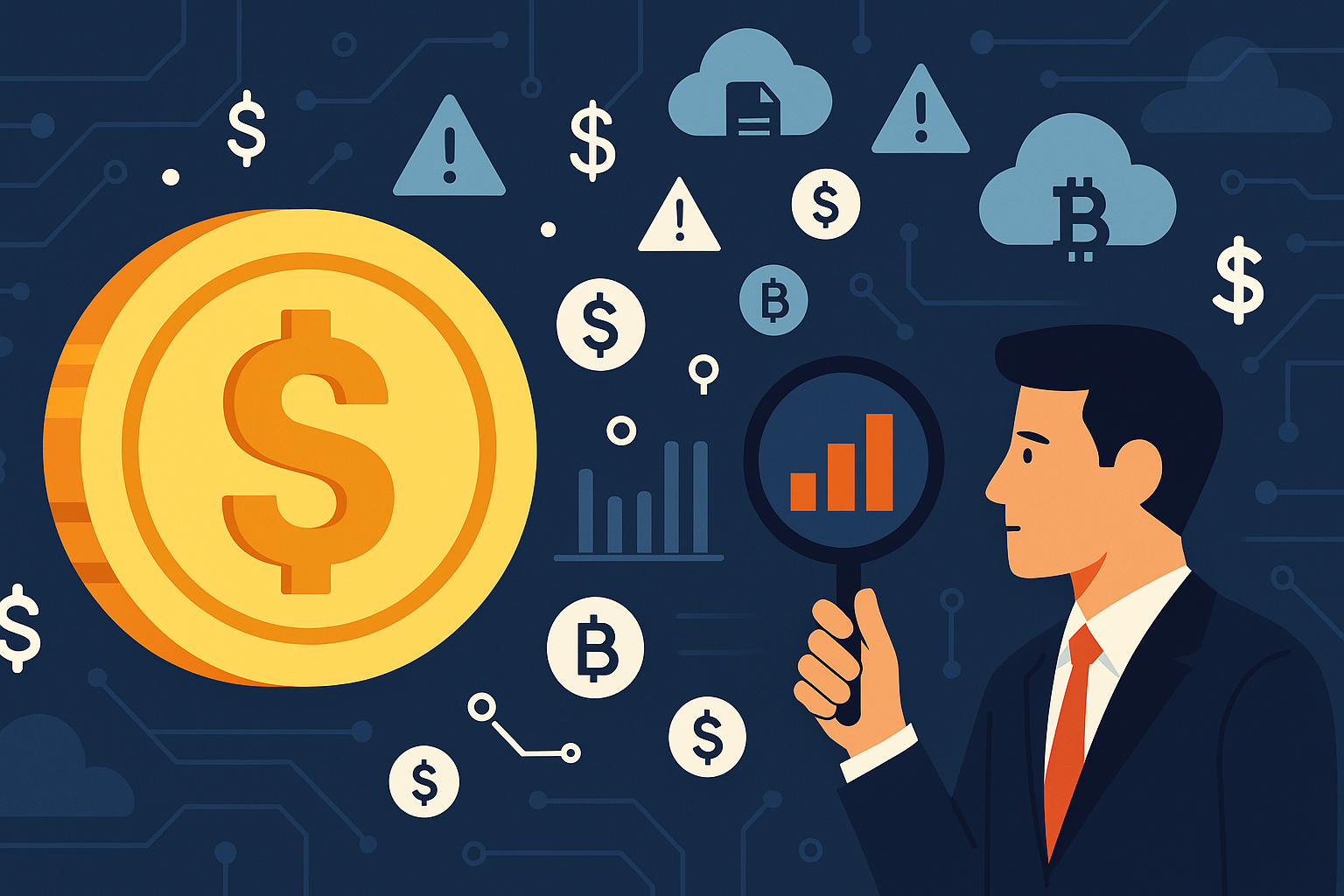
Write a comment ...